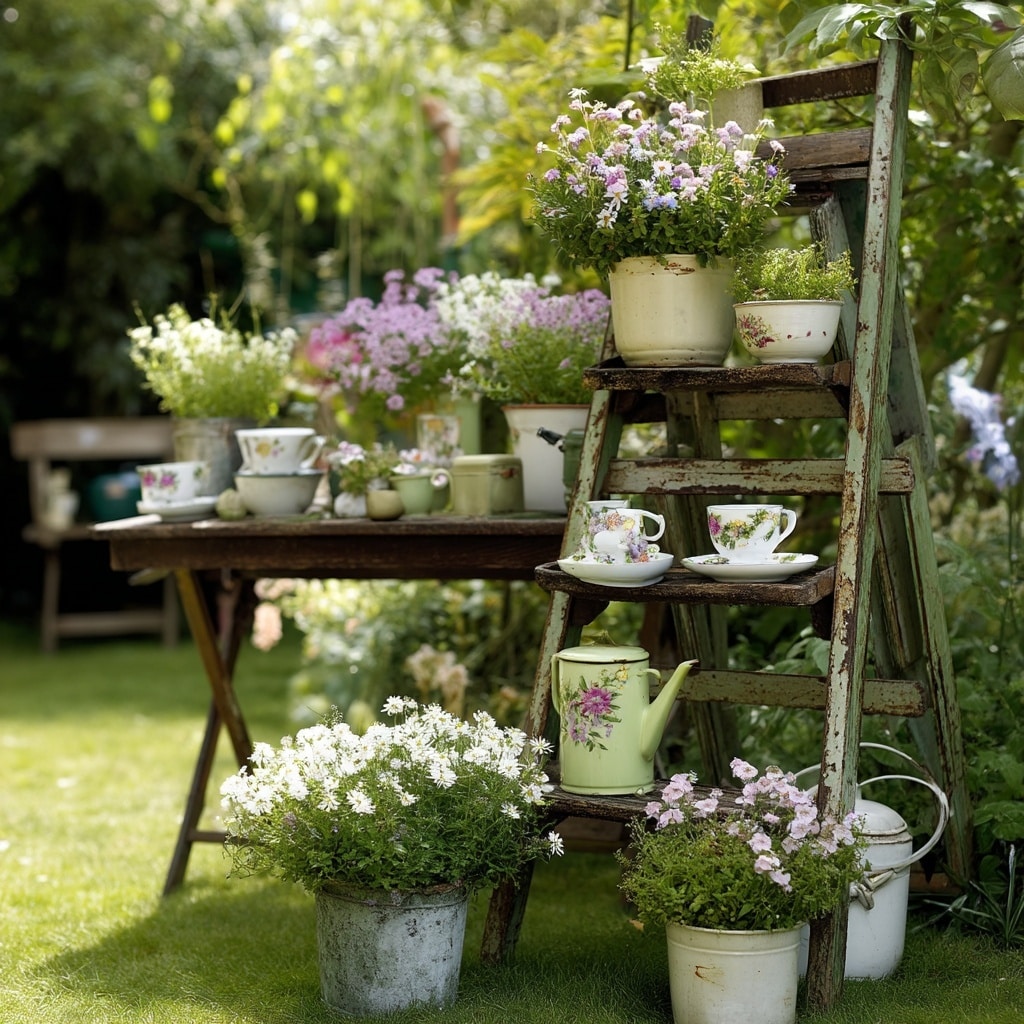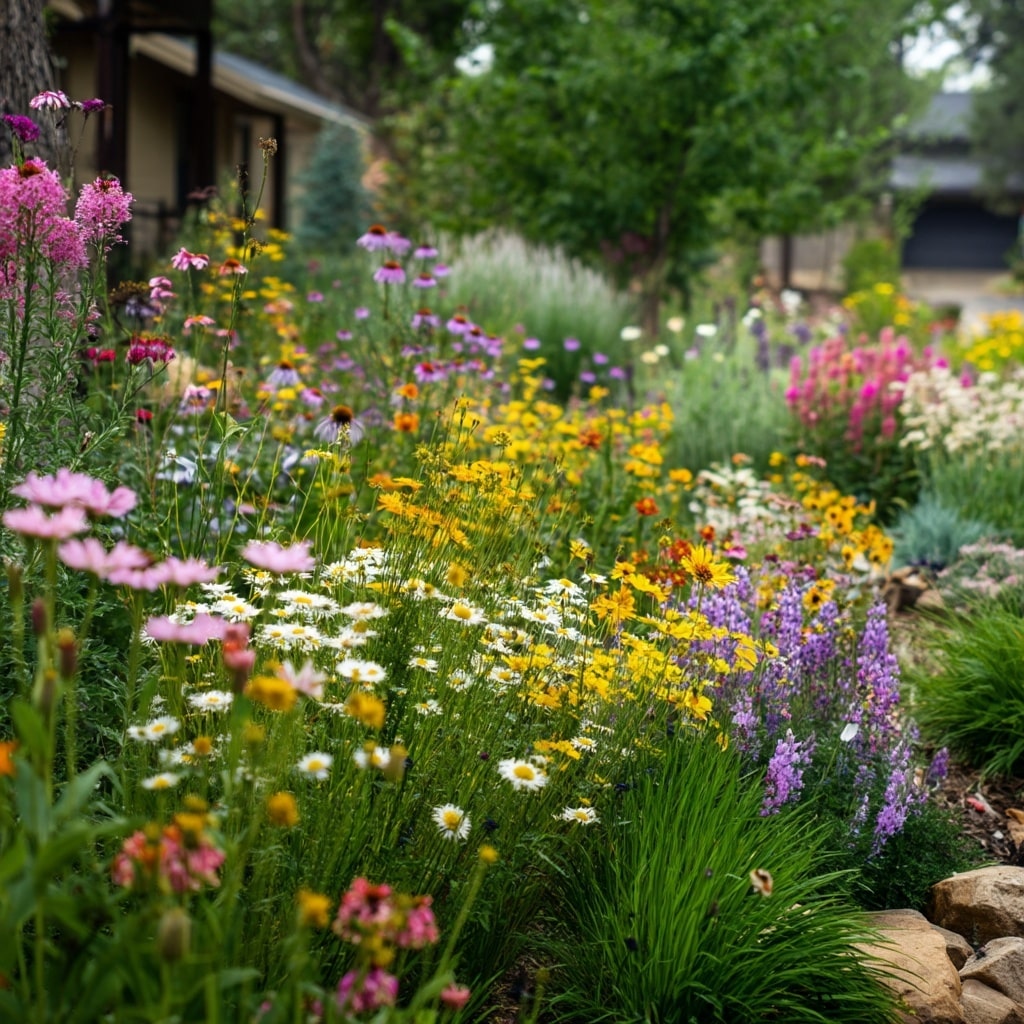Garden trends evolve each year, reflecting changes in lifestyle, climate awareness, and even interior design preferences. As we head into spring 2025, experts say this season’s gardens are all about blending functionality, sustainability, and style. Whether you’re working with a small balcony or a sprawling backyard, there are exciting new ideas taking root that go beyond traditional flower beds.
This year, expect to see gardens designed for both beauty and purpose — from edible landscapes to mental wellness zones and eco-friendly alternatives to lawns. If you’re ready to refresh your outdoor space, these expert-approved garden trends will give you all the inspiration you need for a vibrant and intentional spring season.
Table of Contents
1. Native Plants Are Making a Major Comeback
One of the biggest shifts in garden design this spring is the growing popularity of native plants. Gardeners and landscape experts alike are choosing region-specific flora not just for their beauty, but for their adaptability and ecological benefits.
Native plants are naturally suited to local climates and soils, which means they typically require less water, fertilizer, and maintenance than non-native species. They also play a critical role in supporting pollinators like bees, butterflies, and hummingbirds, making your garden not only beautiful but biodiverse.
Another advantage? Native gardens often have a more organic, free-flowing aesthetic that reflects the natural landscape of your region. Whether it’s California poppies on the West Coast or coneflowers in the Midwest, planting native is a trend that’s as smart as it is stylish.
✅ Pro Tip: Start by checking your local native plant society or cooperative extension for recommended species in your area.
2. Foodscaping — Combining Beauty with Edibility
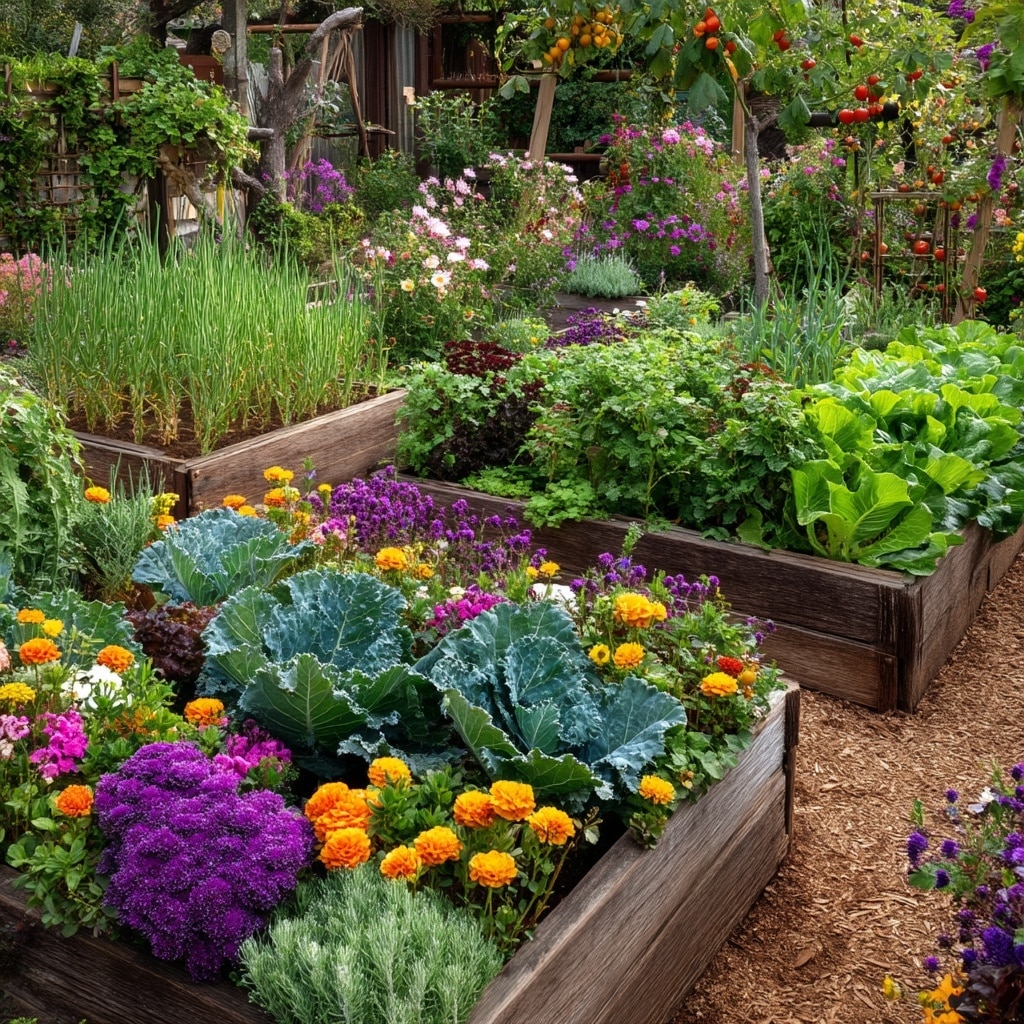
This spring, garden enthusiasts are ditching traditional rows of vegetables in favor of a more integrated, eye-catching approach: foodscaping. This trend blends ornamental and edible plants in the same space — think rainbow chard next to marigolds, or lavender lining a tomato patch.
Foodscaping is about designing a garden that looks good and feeds you. Herbs like basil, thyme, and rosemary double as fragrant borders, while lettuce and kale add texture and color to flower beds. Fruit-bearing shrubs and vertical planters loaded with strawberries are becoming common centerpieces.
Not only is this method aesthetically pleasing, it’s practical — making the most of limited space while also supporting a sustainable, home-grown lifestyle. And with the rising interest in garden-to-table living, foodscaping hits all the right notes.
✅ Try This: Edge a flowerbed with curly parsley or nasturtiums for a touch of green (and a peppery bite).
3. Garden Zones for Mental Wellness
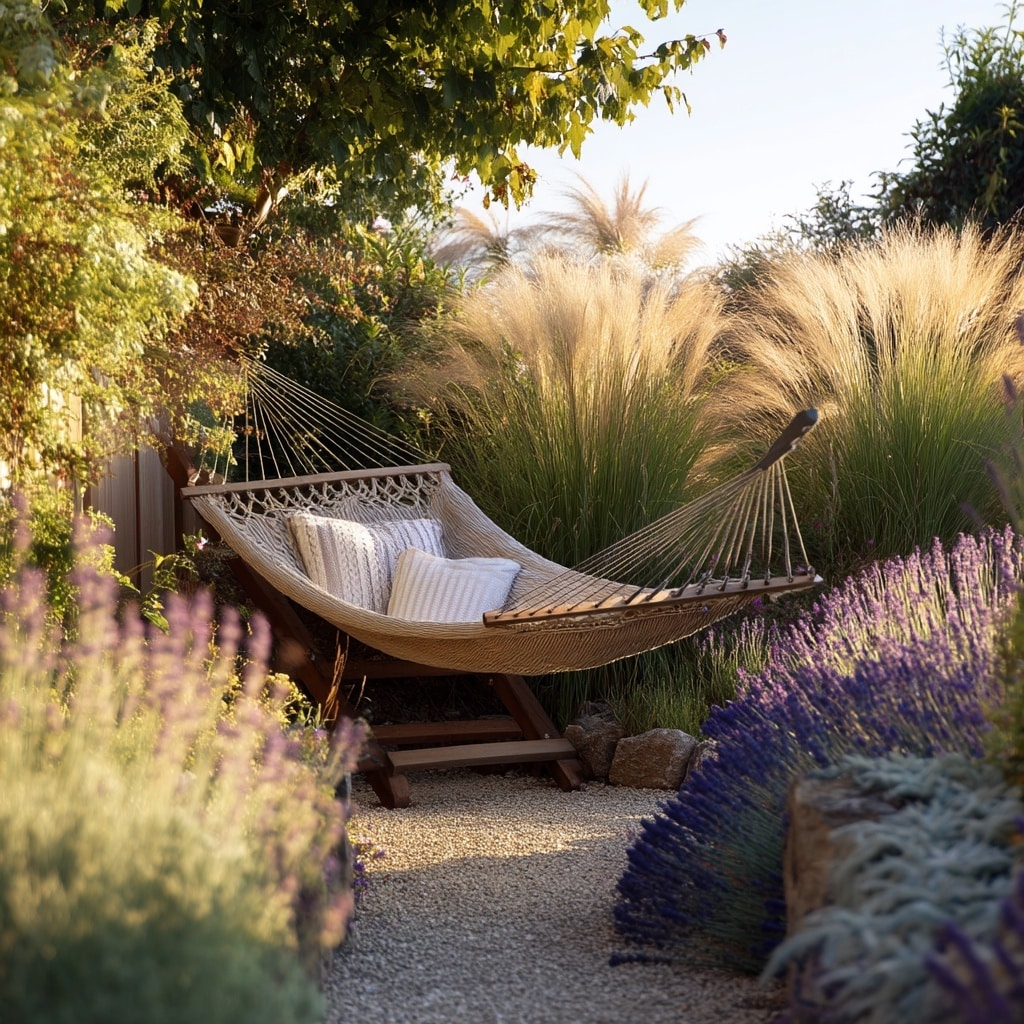
In 2025, the garden isn’t just a place for plants — it’s becoming a sanctuary for the mind. More and more people are intentionally designing outdoor spaces that promote relaxation, mindfulness, and emotional balance.
These wellness zones include features like cozy seating nooks, gentle water elements, and plant selections chosen for their soothing qualities — think lavender, jasmine, and ornamental grasses that sway in the breeze. Soft color palettes, earthy textures, and pathways made for barefoot walking are also gaining popularity.
Creating a sensory-friendly garden doesn’t require a massive space. A single corner with calming scents, dappled shade, and comfortable seating can provide a powerful mental reset. It’s about slowing down, being present, and letting the natural world do its quiet healing work.
✅ Design Tip: Use curved paths and rounded shapes to create a sense of calm and flow — avoid harsh lines or clutter.
4. Vertical Gardening in Small Spaces
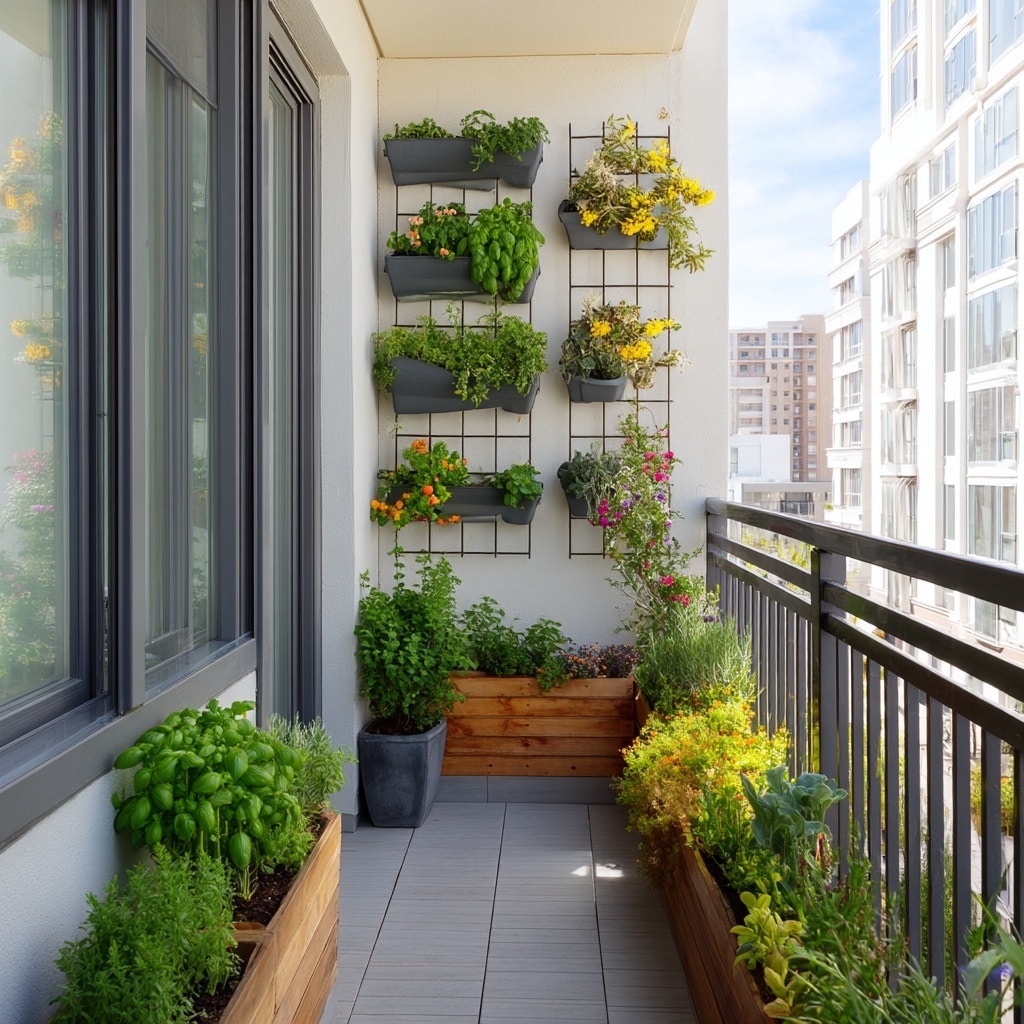
Not every garden has acres to spare — and that’s where vertical gardening comes in. This spring, vertical setups are becoming a go-to solution for gardeners working with limited space, especially in urban settings like balconies, patios, and compact backyards.
The idea is simple: grow up instead of out. Wall-mounted planters, stacked herb shelves, trellised vines, and even repurposed ladders can all support climbing plants and cascading flowers. It’s a great way to maximize your greenery while keeping walkways and seating areas open and uncluttered.
Beyond function, vertical gardens add a stylish architectural element to outdoor spaces. Whether it’s a living wall of ferns or a tiered herb garden outside the kitchen door, these structures turn blank walls into lush focal points that are both beautiful and practical.
✅ Smart Plants to Grow: Sweet peas, cherry tomatoes, ivy, strawberries, and mint — all thrive in vertical settings.
5. Wildflower Lawns Replace Traditional Grass
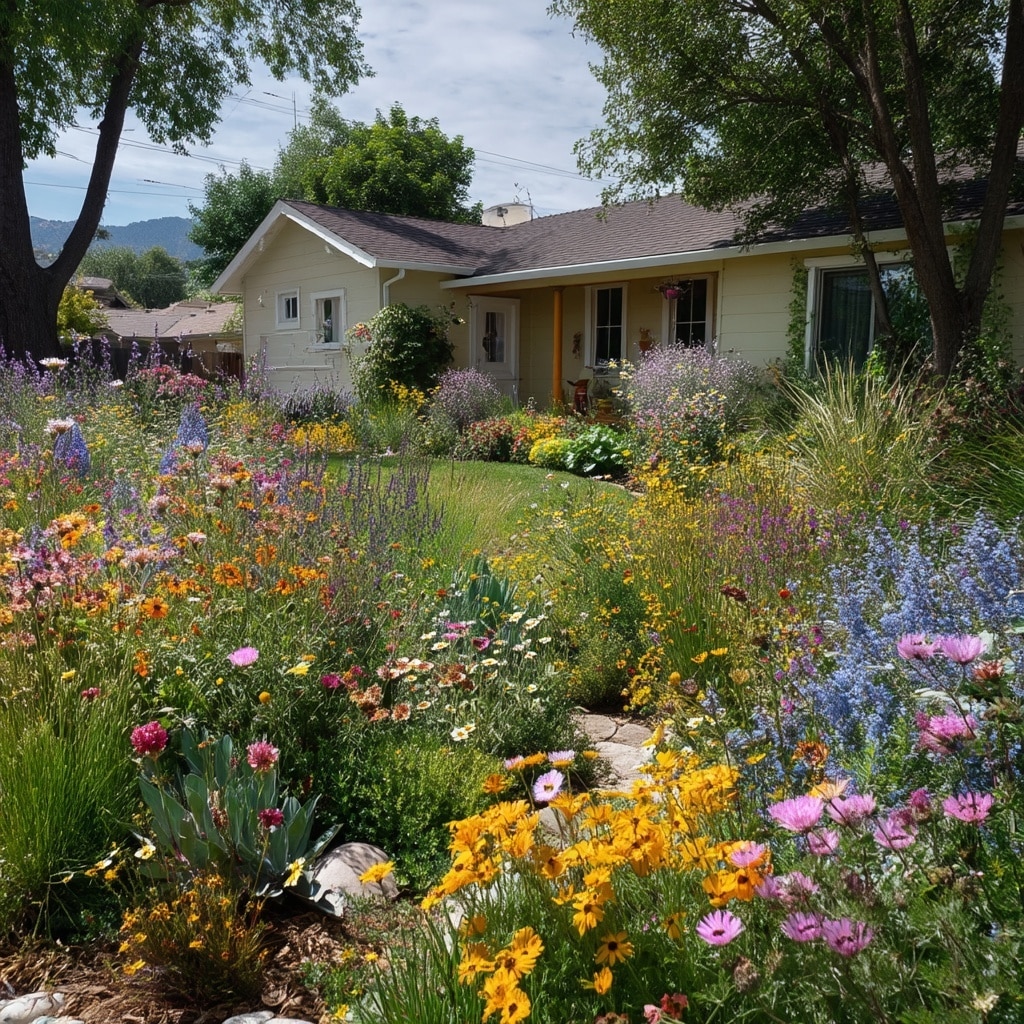
This spring, many garden lovers are rethinking their lawns — and opting for wildflower meadows instead of perfectly manicured grass. These vibrant, low-maintenance alternatives are not only visually stunning, but also far better for the environment.
Unlike turfgrass, which often requires frequent mowing, watering, and fertilizing, wildflower lawns support pollinators, improve soil health, and require far less upkeep. They bloom in waves throughout the season, providing changing colors, textures, and habitats right in your front or backyard.
Gardeners are especially drawn to custom seed mixes that include a variety of native wildflowers, grasses, and even clover. These meadows give your garden a more natural, rustic look — and send a clear signal that beauty and sustainability can go hand in hand.
✅ Getting Started: Clear the area of grass, loosen the soil, and sow a mix of hardy, native wildflower seeds in early spring.
6. Vintage and Repurposed Garden Décor
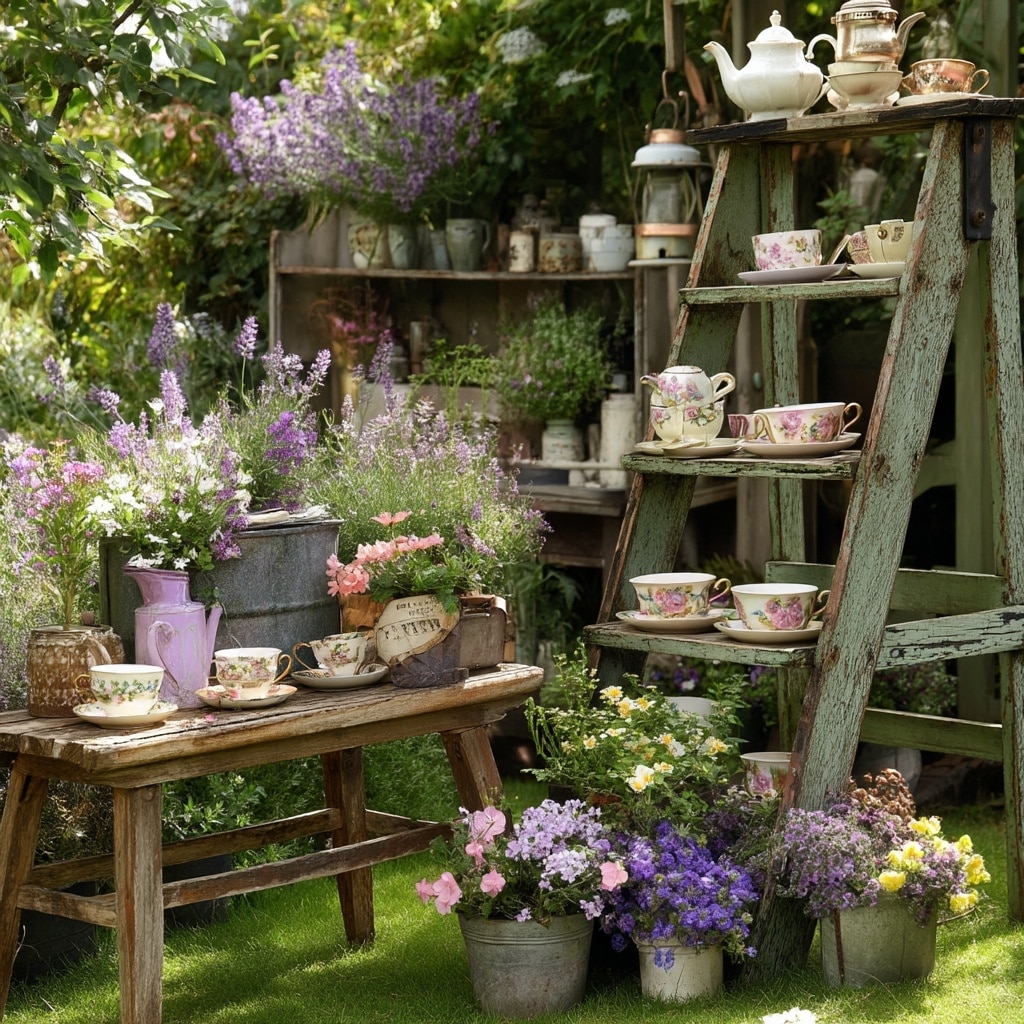
This year, a growing number of garden enthusiasts are turning to vintage and repurposed décor to add character and charm to their outdoor spaces. Instead of buying new, the trend is all about giving old items new life — and letting your garden reflect a sense of personality and nostalgia.
Think rusted wheelbarrows transformed into flower planters, antique ladders draped with hanging pots, or chipped enamel sinks overflowing with herbs. Even old boots, crates, and teapots are finding their way into garden designs. The result? A space that feels cozy, lived-in, and uniquely yours.
This trend also aligns with the growing movement toward eco-conscious gardening — reducing waste, reusing materials, and embracing imperfection. It’s a creative, sustainable way to decorate without overspending, while also adding layers of storytelling to your green space.
✅ Creative Idea: Use mismatched vintage chairs as plant stands in corners or entryways for a whimsical touch.
Conclusion
This spring, your garden can be more than just a pretty space — it can be purposeful, nourishing, and deeply personal. From planting native species and building edible landscapes to creating vertical green walls and repurposing vintage treasures, these 2025 trends reflect a shift toward sustainable, meaningful gardening.
Whether you try one idea or all six, the key is to make your garden work for your lifestyle — whether that means more food, more pollinators, or more peace of mind. Let this season be your invitation to plant differently, grow with intention, and enjoy every bloom along the way.

